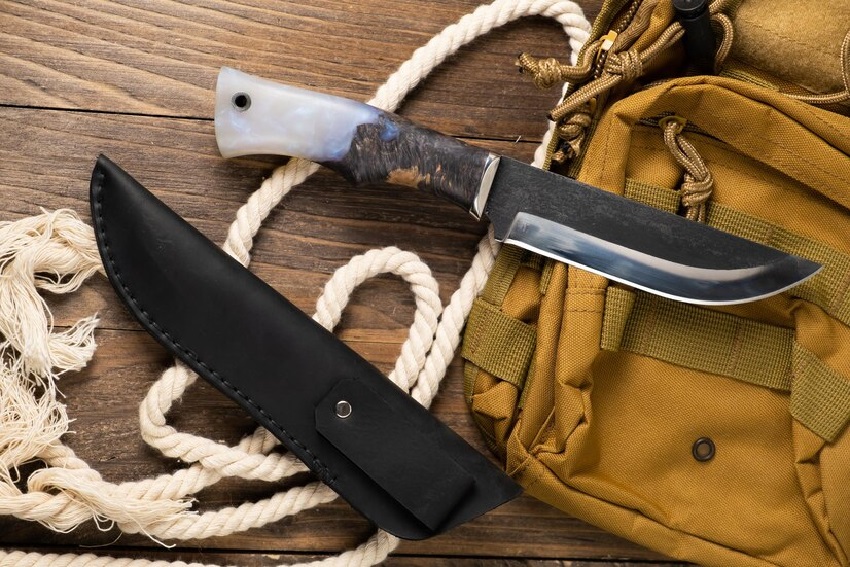For any kitchen professional, maintaining the sharpness of their knives is crucial. A well-honed blade not only enhances performance but also ensures safety and precision. The cornerstone of achieving this is investing in high-quality knife sharpening kits. These kits are designed to prolong the life of your knives, ensuring that they remain as effective as the day they were first used.
In a bustling kitchen environment, where time and efficiency are of the essence, having a reliable sharpening kit at your disposal can make all the difference. Whether you're slicing through vegetables or filleting a fish, the right sharpening tools can elevate your culinary skills to new heights.

Components of a Knife Sharpening Kit
A comprehensive knife sharpening kit typically includes a variety of tools. The most common components are sharpening stones, honing rods, and sometimes even angle guides. Each of these tools plays a vital role in maintaining the sharpness and integrity of your blades.
Sharpening Stones
Sharpening stones, often referred to as whetstones, are the primary tools used to grind and hone the edges of knives. They come in various grits, with lower numbers indicating coarser stones and higher numbers indicating finer stones. Coarse stones are used for reshaping or repairing damaged edges, while finer stones are used for polishing and refining the blade's edge.
Honing Rods
Honing rods, also known as sharpening steels, are used to realign the edge of a knife. While they don't actually sharpen the blade, they play a critical role in maintaining a knife's edge between sharpening sessions. Regular use of a honing rod can significantly extend the time between sharpening.
Angle Guides
Angle guides are essential for those who are new to knife sharpening. They help maintain a consistent angle while sharpening, ensuring that the edge is evenly honed. This consistency is key to achieving a razor-sharp finish.
Choosing the Right Knife Sharpening Kit
When selecting a knife sharpening kit, it's important to consider the types of knives you own and how often you use them. A chef who frequently uses a Damascus steel knife may require a different set of tools compared to someone who primarily uses ceramic knives.
Additionally, consider the level of expertise you have with knife sharpening. For beginners, a kit with angle guides and detailed instructions may be beneficial. Experienced chefs, on the other hand, may prefer a more minimalist approach with high-quality stones and rods.
Benefits of Regular Knife Maintenance
Regular maintenance of your knives offers numerous benefits. Firstly, it ensures that your knives perform at their best, making food preparation tasks easier and more efficient. A sharp knife requires less force to cut through ingredients, reducing the risk of accidents and injuries.
Furthermore, maintaining your knives can extend their lifespan, saving you money in the long run. Investing in a good knife sharpening kit is a cost-effective way to preserve the quality of your culinary tools.
Conclusion
For kitchen professionals, a reliable knife sharpening kit is an indispensable tool. By understanding the components and benefits of these kits, you can ensure that your knives remain sharp and ready for any culinary challenge. Whether you're a seasoned chef or just starting in the culinary world, the right sharpening kit can make all the difference.
For more insights on maintaining your culinary tools, consider exploring this guide on knife blade types to better understand the variety of knives and their sharpening needs.

FAQs
What is the best angle for sharpening knives?
The ideal sharpening angle varies depending on the type of knife. However, most kitchen knives are best sharpened at an angle between 15 and 20 degrees.
How often should I sharpen my knives?
The frequency of sharpening depends on how often you use your knives. Regular honing can maintain the edge, but most professionals recommend sharpening your knives every few months.
Can I use a knife sharpening kit for all types of knives?
Most sharpening kits are versatile enough to handle various types of knives. However, it's essential to check the compatibility of the kit with specific knife materials, such as ceramic or serrated blades.
This article contains affiliate links. We may earn a commission at no extra cost to you.


























